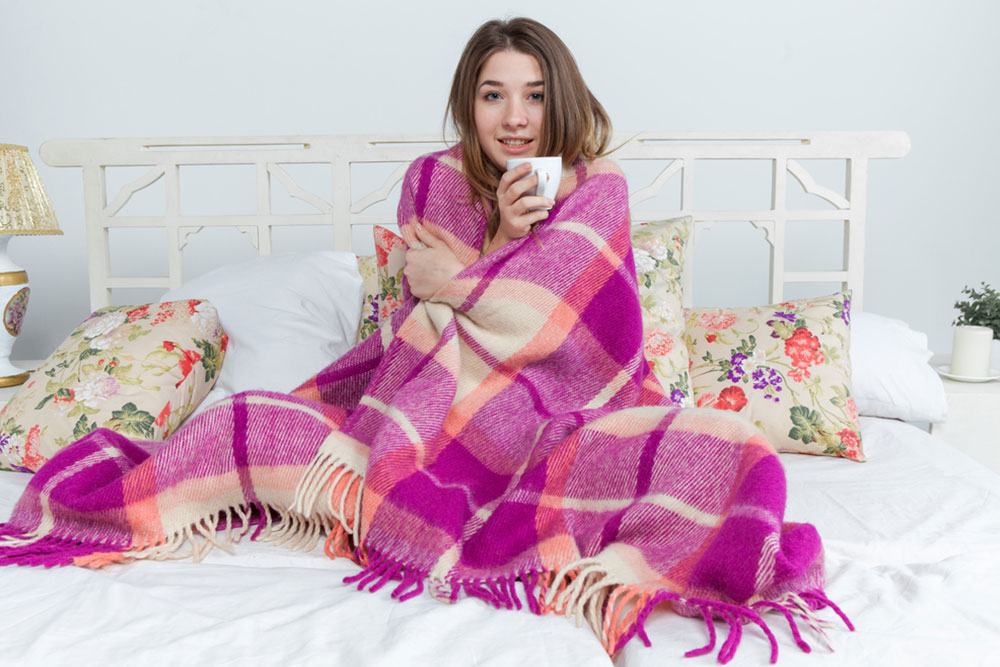How to pick a great comforter
Comforters are not called that without a reason. Soft, fluffy, billowy and light-weight, these essential pieces of bedding make for a comfortable bed and promise a leisurely sleep. When it comes to choosing comforters, there are a lot of choices to pick from and buying one will need a little groundwork on your part.

Comforters come in many materials and fillings and of these down is one of the most comfortable and also expensive. The light, fluffy clusters from under the feathers of ducks and geese are what down comforters are made of. The quality of such a comforter depends on the fill power, that is the amount of down used per ounce. The greater the fill power, the more the insulation and warmth of the comforter.
Buying a comforter will depend in a few factors like budget, size, style, fill power and allergies.
Begin with your budget and work forward from there. Decide what the outer limit of your budget is and stick to it.
Next, pick a level of warmth or fill power. A fill power of 500 or 550 is good enough if you live in a warmer climate and 700 and above is perfect for those places that experience a cold snap.
Comforters can come in many sizes and you need you pick one that works best for you. Choose from twins, doubles, queens, kings and California kings. If you want a comforter that two of you can comfortably use, then go for a comforter that is one size bigger than your mattress.
It also makes sense to buy a comforter grid pattern across its length and width. This keeps the filling in place and prevents it from bunching up.
These are called box-stitch comforters because this grid pattern keeps the down in a box pattern.
Another kind of down comforter is baffled down comforter. Baffles are thin pieces of vertical fabric stitched inside the comforter to stop the down from bunching up inside the comforter.
Sewn-through comforters are those where the top layer of the fabric is stitched to the bottom layer. These are less expensive than baffle-box stitch comforters because they don’t allow the loft to expand to its full potential.
You should also consider the thread count just like you would in a bed sheet. Thread count is the number of threads that are woven into a square inch – the finer the thread used, the higher the thread count will be resulting in a smoother and lighter material. High-end expensive comforters have a high thread count making it stronger and more durable.











